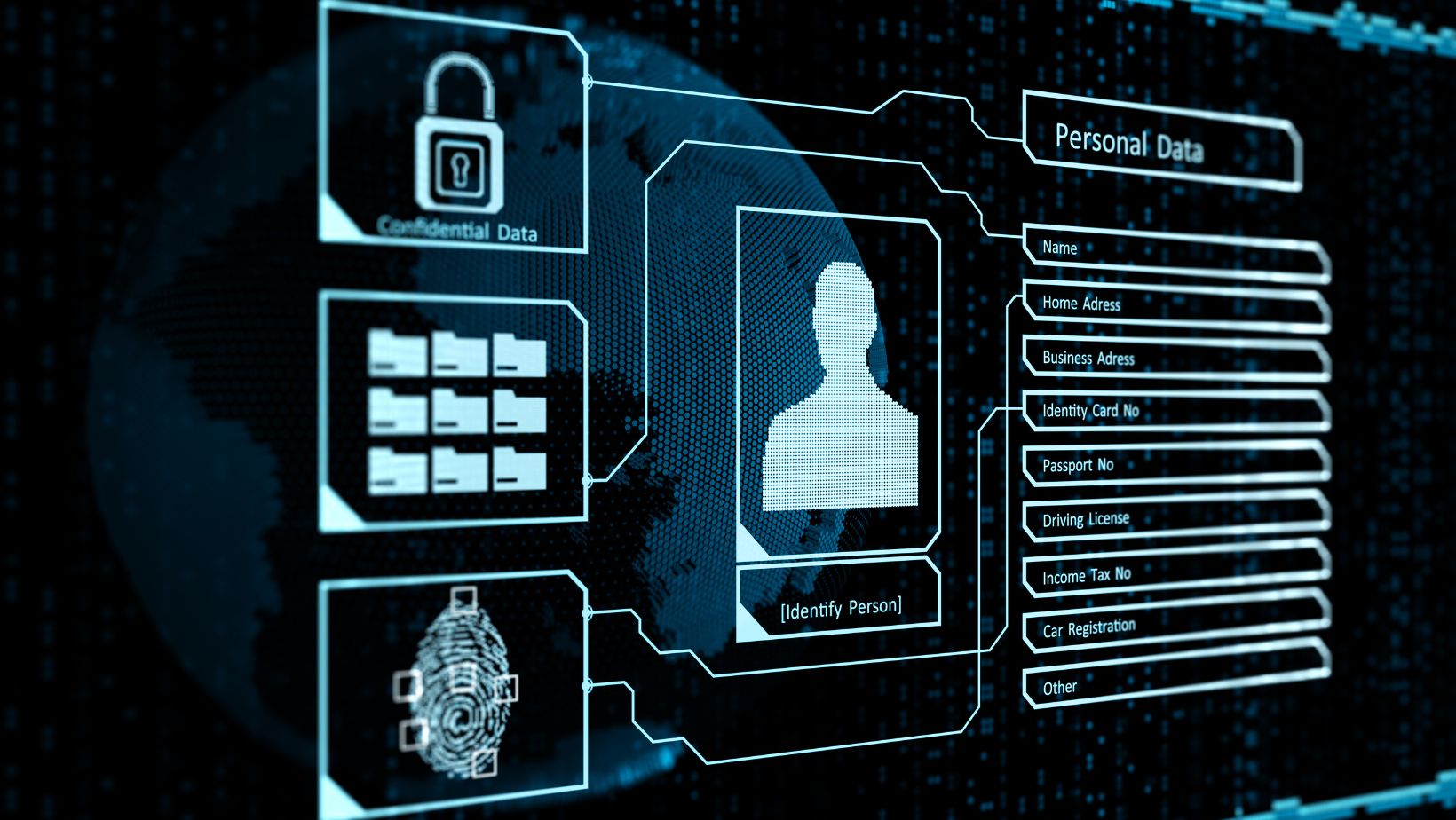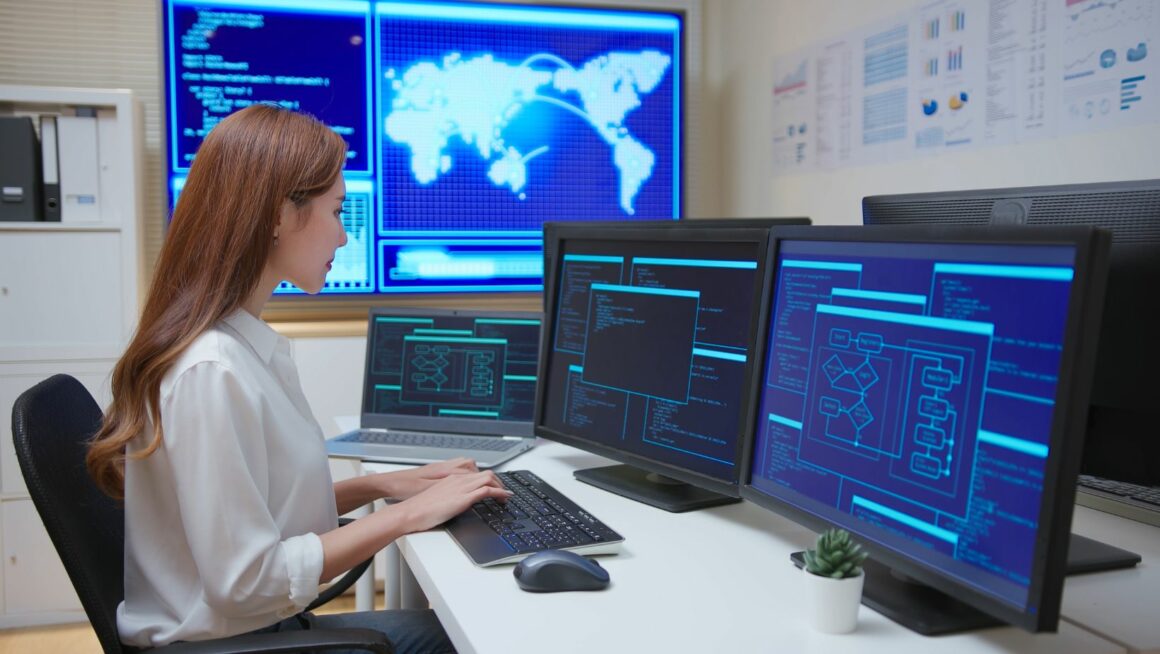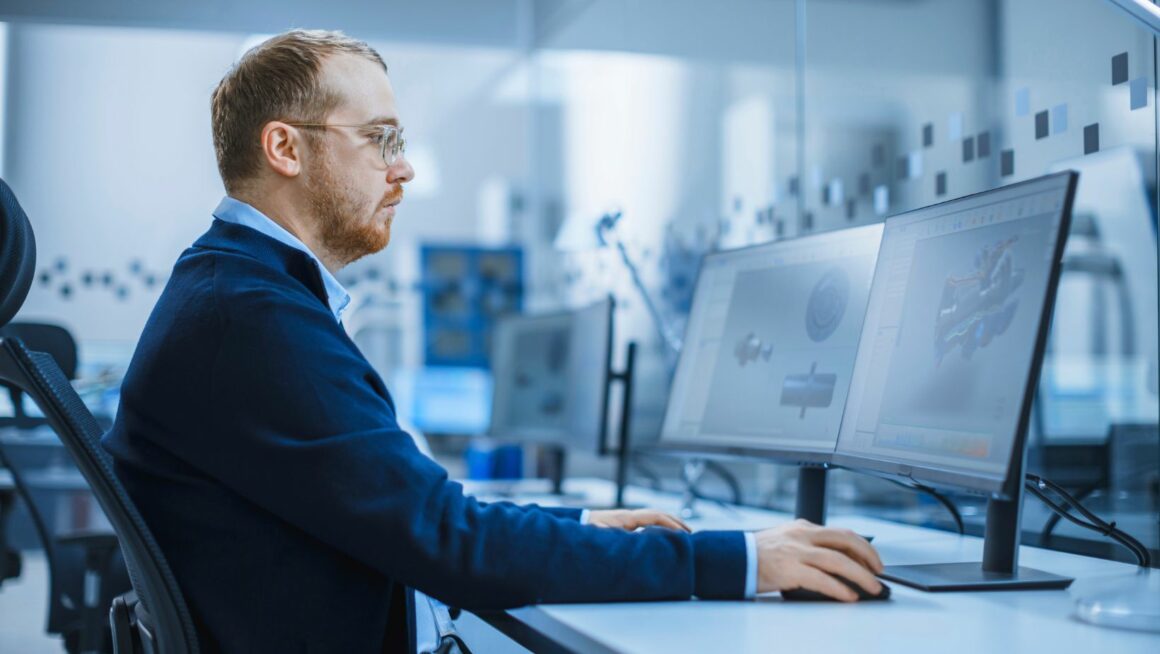In a world where videos are constantly being shared—whether on social media, news outlets, or surveillance footage—privacy is becoming more important than ever. Sometimes, a simple video can expose personal details, putting people at risk without them even realizing it.
That’s where video blurring software comes in. It provides an easy and effective way to protect identities by obscuring faces, license plates, sensitive documents, and more. Whether you’re a content creator, journalist, security professional, or just someone who values privacy, knowing how to blur videos properly can make all the difference.
Let’s explore how video blurring software can help keep you and others safe.
How Video Blurring Software Enhances Privacy and Security
Blurring tools allow you to hide specific elements in a video, keeping personal information private without ruining the overall content. Here’s how they help in various situations:
1. Protecting Faces and Identities
- In journalism, blurring faces helps protect whistleblowers, crime victims, or sources who need anonymity.
- In social media content, accidental bystanders in public footage can be blurred to respect their privacy.
- In documentaries or interviews, sensitive subjects can be obscured without affecting the story’s impact.
2. Hiding License Plates and Addresses
- Blurring out street signs, house numbers, or vehicle license plates prevents people’s locations from being identified.
- This is especially useful for vloggers, delivery drivers, and real estate professionals who showcase locations online.
3. Keeping Personal Documents Private
- If a video captures sensitive documents—such as ID cards, bank statements, or medical records—blurring ensures they remain confidential.
- Businesses and legal professionals use video editing tools to redact confidential information before sharing footage.
4. Compliance with Privacy Laws
- Regulations like GDPR (General Data Protection Regulation) in Europe require companies to protect individuals’ data in videos.
- Law enforcement and security agencies use blurring software to anonymize footage before releasing it to the public.
By incorporating video blurring into editing workflows, individuals and businesses can stay compliant while ensuring privacy. You should also learn about cloud video editing advantages if you’re looking to transform your process.
The Benefits of Using Software Over Manual Editing
In the past, blurring had to be done manually—editing frame by frame, which was both time-consuming and frustrating.

Now, with the help of AI-powered software, blurring is easier, faster, and more effective.
1. Automated Face and Object Detection
Many modern tools automatically detect and track faces, making the blurring process seamless. Whether a person moves around in a video or changes angles, the software keeps them blurred without requiring constant adjustments.
2. Motion Tracking for Dynamic Videos
If an object (like a car or a person) moves in a video, motion tracking ensures that the blur follows the movement. This is incredibly useful for action-packed footage, security camera recordings, and interviews.
3. Adjustable Blur Levels
Not all blurring needs to be extreme—some software allows you to control the intensity of the blur. You can choose between pixelation, Gaussian blur, or mosaic effects, depending on how much detail you want to hide.
4. Saves Time and Effort
With one-click blurring tools, users can protect identities within minutes, rather than spending hours editing each frame manually.
Is It Easy to Use Video Redaction Software?
Are you considering the switch to video redaction software? While the benefits are clear, you might worry that you can’t get the hang of this new technology. Is it going to be easy to use, or will you have to spend hours learning how to operate it? In particular, if you feel like you’re not a fast learner or tech-savvy, you can be concerned about the switch.
Well, there’s some good news. Video redaction software is often easy to use. While every software brand is going to be slightly different in how they operate, the best ones ensure that the user interface is simple and you don’t have to do much training. Let’s take a look at what you have to do to operate most video redaction software.
Upload the Video and Specify Needs
First, you choose the video that you want to redact. Then, you can use the software to choose the options you want.

Perhaps you wish to blur out faces and license plates. There are going to be instructions on how you operate this.
Wait for the Results
Once the redaction is setup, it will be about waiting for the results. Generally, this can take anywhere from 30 minutes to a couple of hours. It all depends on how long the video is to begin with. You can leave it running and work on something else.
Analyze and Edit
It’s always recommended that you view the redacted video. If elements have been missed, there are often ways to manually edit them with the software. This ensures that you get the finished footage you require.
Conclusion
In an era where privacy concerns are at an all-time high, video blurring software is a must-have tool for protecting identities and sensitive information. Whether you’re a creator, journalist, business owner, or just someone who values online security, using the right blurring software ensures that you and others stay safe.
By leveraging AI-powered tools, you can effortlessly blur faces, license plates, and documents—helping you comply with privacy laws, maintain professionalism, and most importantly, respect people’s right to privacy.




